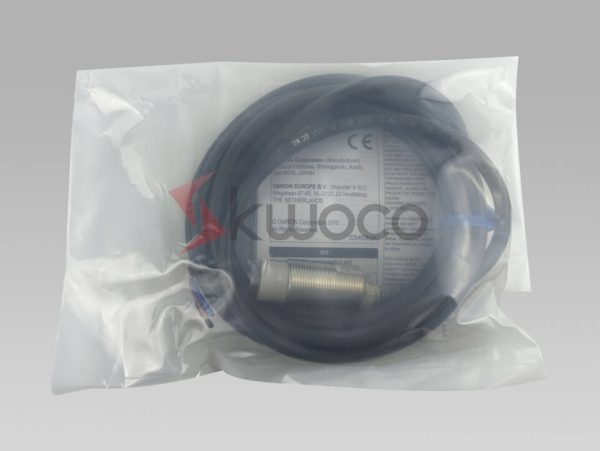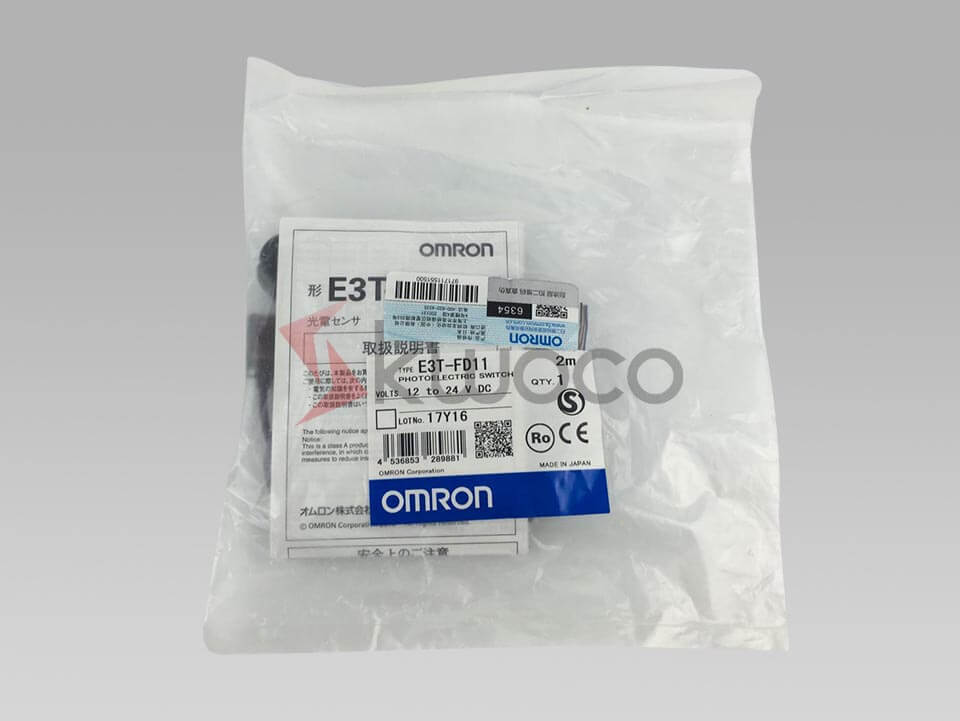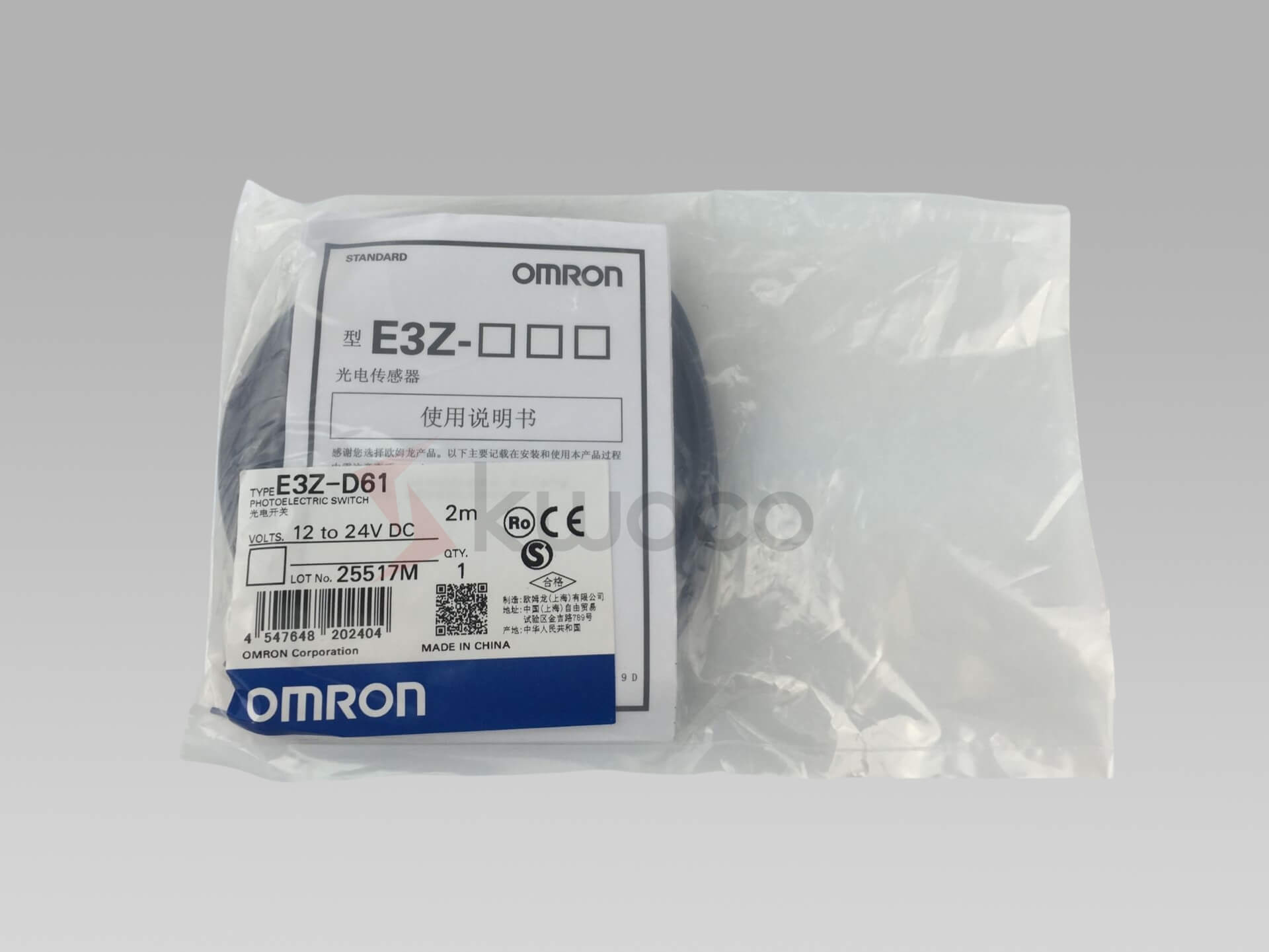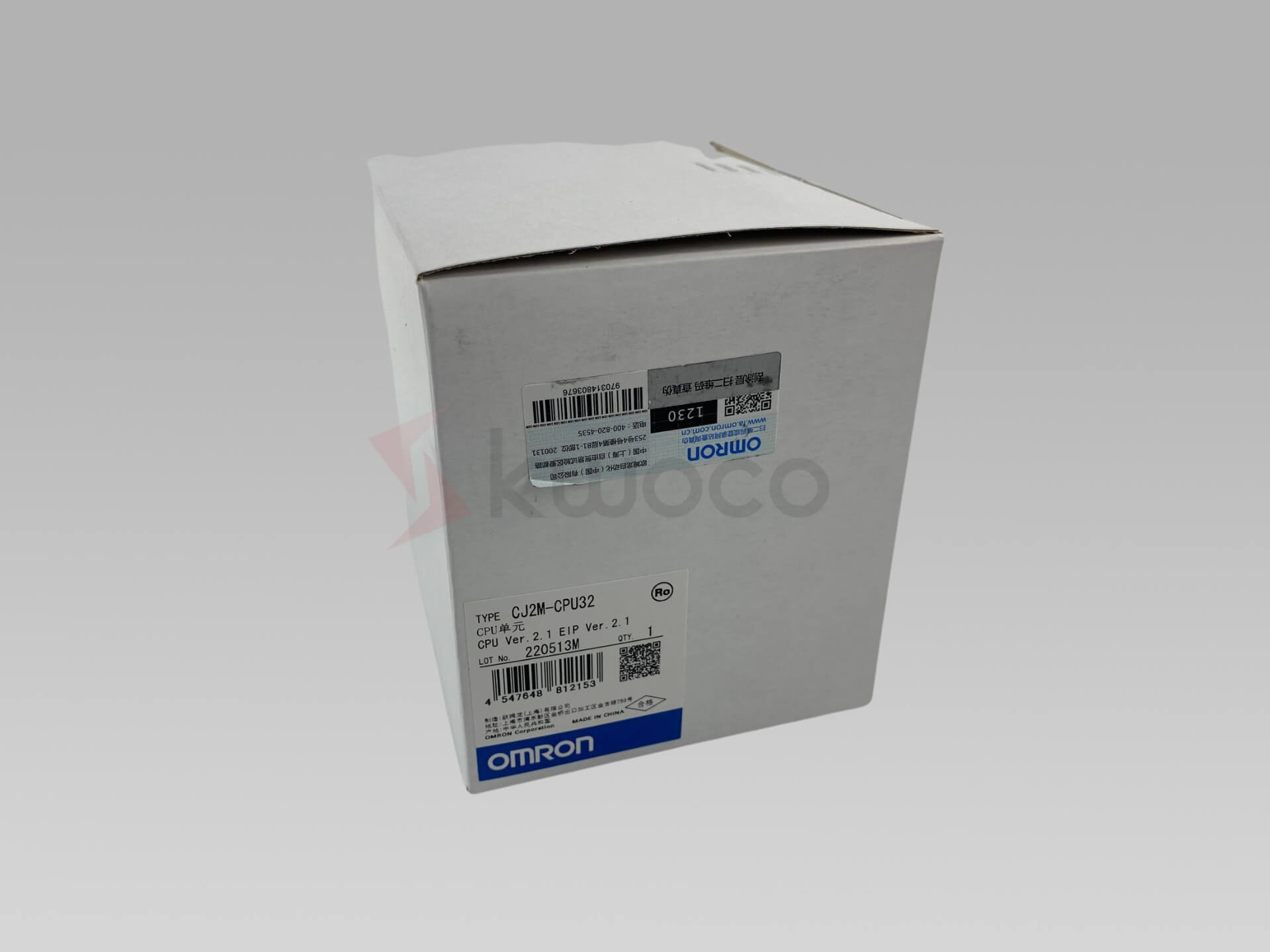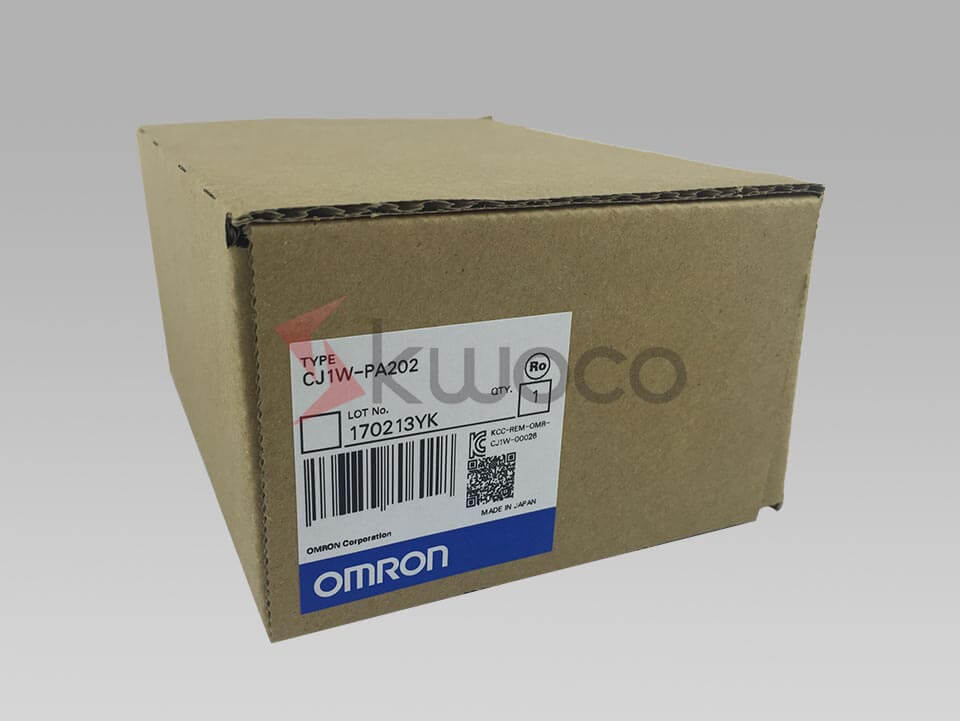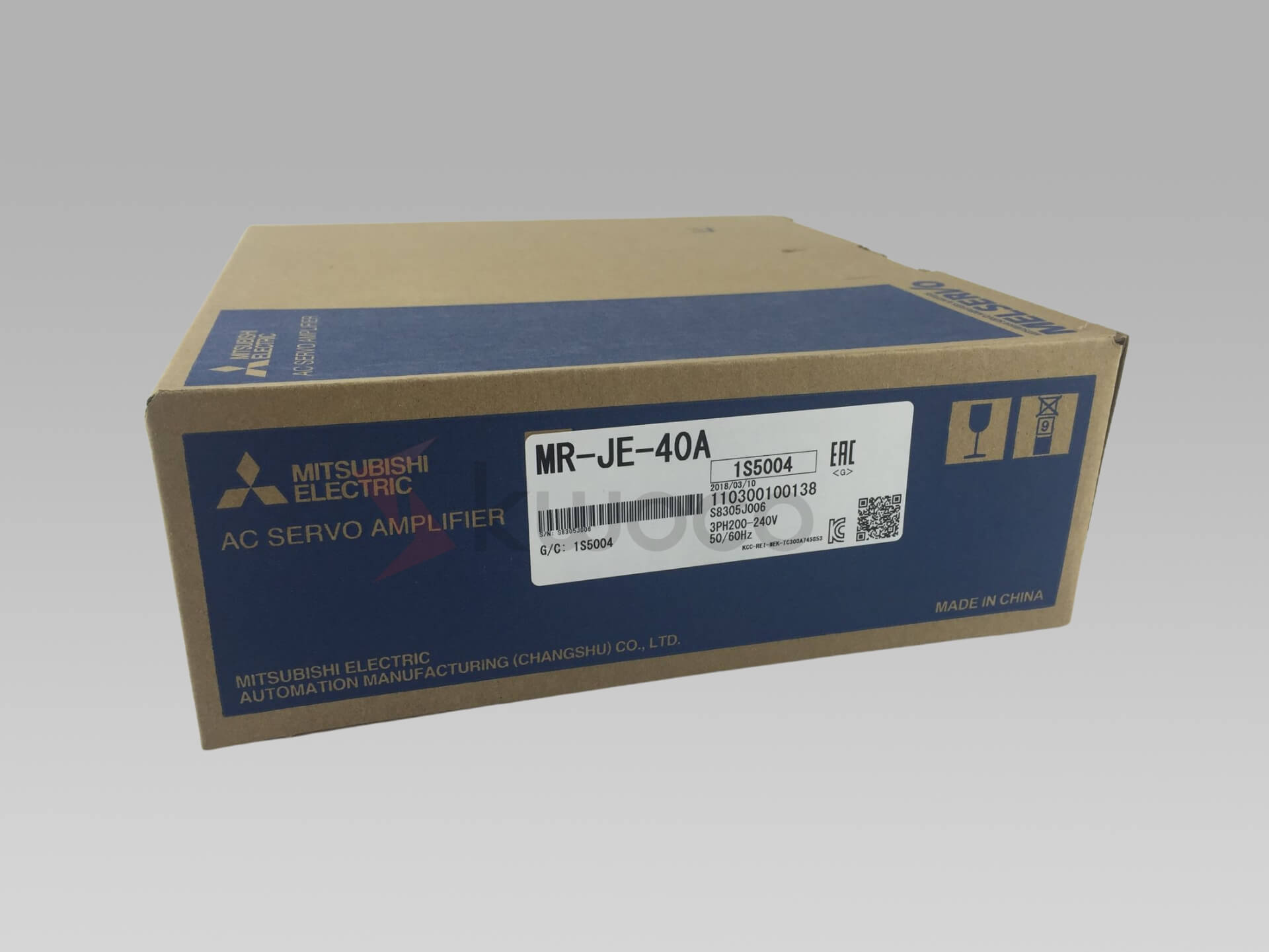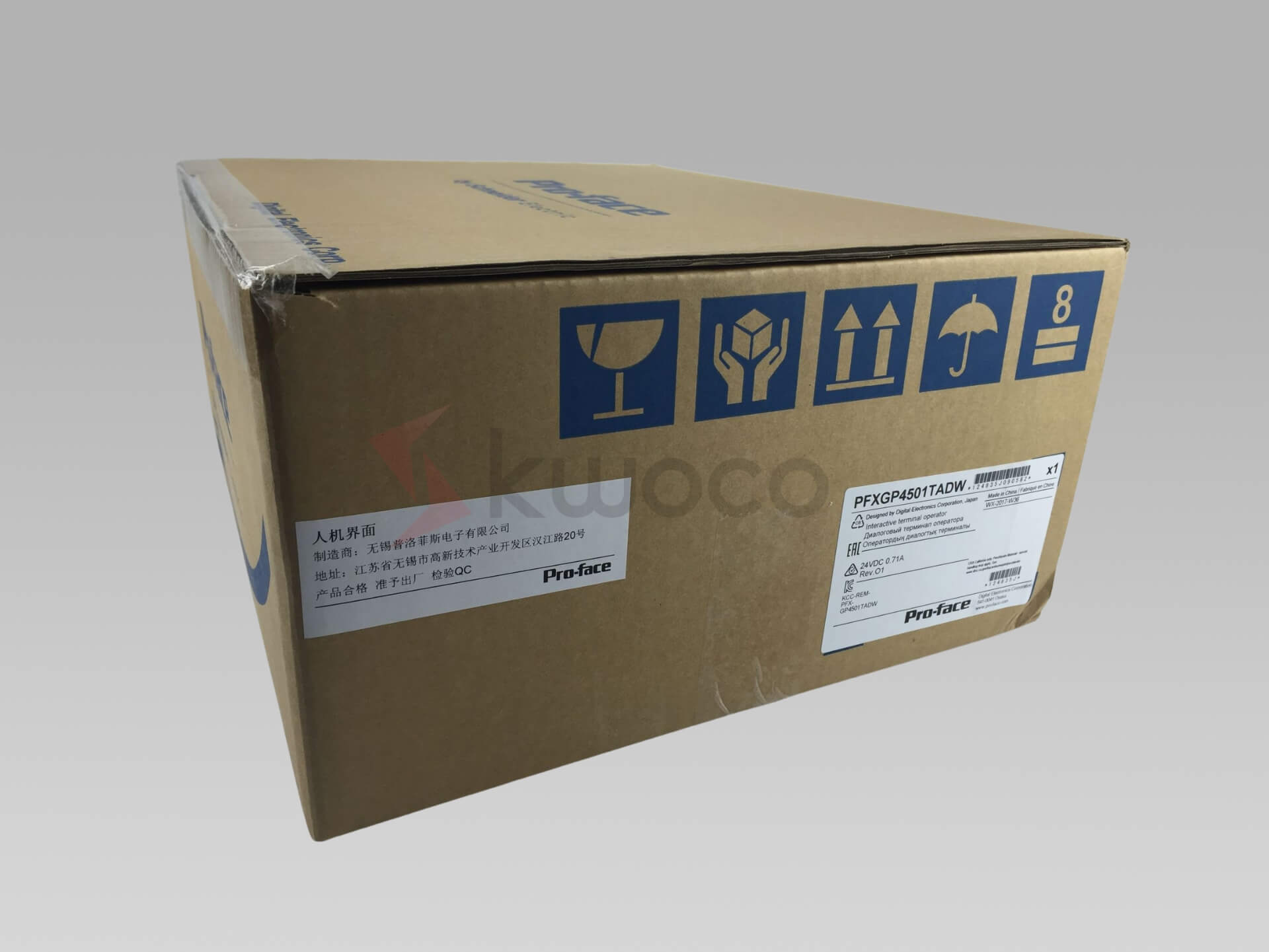Understanding Photoelectric Sensors and Their Applications
Table of Contents
1. What is a Photoelectric Sensor and Why Are They Important?
A photoelectric sensor is a device that uses a light beam to detect the presence or absence of an object. Unlike mechanical switches, they operate without physical contact, making them ideal for applications where wear and tear, speed, or hygiene are critical factors. They are fundamental components in industrial automation and industrial control products.
The importance of photoelectric sensors in manufacturing plants cannot be overstated. For machinery and equipment factories, manufacturers, and factory solution companies, these sensors are essential for:
- Automated Processes: They enable precise control of automated systems, such as conveyor belts, packaging lines, and robotic arms.
- Quality Control: They can detect defects, ensure proper product placement, and verify the presence of components.
- Safety: They can be used to create safety barriers, preventing machinery from operating when a person or object is in a hazardous zone.
- Efficiency: Accurate object detection can lead to minimized downtime.
2. How Do Photoelectric Sensors Work: The Basic Principle?
At its core, a photoelectric sensor consists of two main components: an emitter (light source) and a receiver (light detector). The emitter projects a beam of light, usually infrared or visible, and the receiver monitors the amount of light it receives. When an object enters the light beam, it either blocks, reflects, or otherwise alters the light reaching the receiver. The sensor then detects this change and triggers an output signal.
The fundamental principle relies on measuring changes in light intensity. This change in light is how the sensor detects the presence of an object. It is the interruption or the reflection of light that signals to automated machinery.
3. What are the Different Types of Photoelectric Sensors?
There are three main types of photoelectric sensors, each suited to different applications:
- Through-beam (or Thru-beam): The emitter and receiver are housed in separate units, positioned opposite each other. The sensor detects an object when it interrupts the light beam traveling between them.
- Retroreflective: The emitter and receiver are in the same housing. The sensor emits a beam of light towards a reflector, which bounces the light back to the receiver. An object is detected when it breaks this light beam.
- Diffuse: Also with both the emitter and receiver in the same housing, but a reflector is not used. The sensor emits light, and detects the light that is reflected back from the object itself.
4. Deep Dive: Understanding Through-Beam Photoelectric Sensors
Through-beam photoelectric sensors, sometimes simply called thru-beam sensors, offer the longest sensing range and highest reliability among the photoelectric sensor types. Since the light beam travels in a straight line directly from the emitter to the receiver, any interruption signals the presence of an object.
Advantages of through-beam sensors:
- Longest sensing range.
- High reliability and accuracy.
- Less affected by object color or surface finish.
- Works well in dirty or dusty environments (with sufficient excess gain, explained later).
Disadvantages:
- Requires two separate units, making installation slightly more complex.
- Alignment of the emitter and receiver is crucial.
5. Retroreflective Photoelectric Sensors: How Do They Maximize Efficiency?
Retroreflective sensors, sometimes referred to as retro-reflective photoelectric sensors, offer a good balance between sensing range and ease of installation. A special reflector is used to bounce the light emitted from the sensor back to the sensor’s receiver. The sensor detects an object when it blocks the path of the light returning from the reflector.
Some retro-reflective sensors utilize polarized light. Polarized retro-reflective photoelectric sensors are particularly useful for detecting shiny or reflective objects that might cause false triggers with unpolarized light. The polarizer filters out light that isn’t reflected at the correct angle from the special reflector.
Advantages of retro-reflective sensors:
- Good sensing range.
- Only one sensor housing needs to be mounted, simplifying installation compared to through-beam.
- Relatively easy alignment.
Disadvantages:
- Shorter range than through-beam.
- Shiny or transparent objects can sometimes be difficult to detect (unless using a polarized version).
6. Diffuse Photoelectric Sensors: When to Use Them?
Diffuse photoelectric sensors rely on the object itself to reflect light back to the receiver. The emitter and receiver are housed in a single unit, and the sensor is triggered when it detects a sufficient amount of light reflected from the target object.
Advantages of diffuse sensors:
- Easiest to install, as no reflector or separate receiver is needed.
- Good for detecting objects at close proximity.
Disadvantages:
- Shortest sensing range.
- Highly dependent on the object’s color, surface finish, and reflectivity.
- Not suitable for transparent or very dark objects.
7. What is Background Suppression and Why is it Crucial?
Background suppression is a specialized feature found in some diffuse photoelectric sensors. It allows the sensor to ignore objects beyond a defined sensing range, even if those objects are reflective. This is incredibly useful in applications where there might be a background surface close behind the object to be detected.
Without background suppression, a highly reflective background could cause the sensor to falsely trigger. Background suppression ensures that the sensor only responds to objects within the desired sensing zone. This is commonly achieved using triangulation, where the sensor measures the angle of the received light to determine the distance to the object.
8. Excess Gain: A Key Concept in Photoelectric Sensing
Excess gain is a critical parameter for all photoelectric sensor types. It represents the ratio of the light intensity received by the receiver in a clear condition (no object present) to the minimum light intensity required to trigger the sensor. A higher excess gain means the sensor can tolerate more contamination, dust, or misalignment and still reliably detect objects.
Excess gain is often visualized graphically. The excess gain curve shows how the sensing range changes with different levels of contamination. A sensor with high excess gain will maintain a longer sensing range even in challenging environments. In a dusty environment, a through-beam sensor with sufficient excess gain can still function. It’s important to remember that photoelectric sensors are used in many industrial applications.
9. Photoelectric Sensor Applications in Industrial Automation
Photoelectric sensors are vital components in a vast array of industrial applications. Here are a few examples directly relevant to machinery and equipment factories, manufacturers, and factory solution companies:
- Conveyor Systems: Detecting the presence or absence of products on a conveyor belt, controlling the flow of materials, and preventing jams. Mitsubishi PLC systems are often used in conjunction with sensors for conveyor control.
- Packaging Machines: Verifying that packages are properly filled, sealed, and labeled. Sensors can detect missing items or incorrect positioning.
- Robotic Cells: Guiding robotic arms to pick and place objects, ensuring precise and safe operation. Omron robots frequently integrate photoelectric sensors for object recognition.
- Automated Guided Vehicles (AGVs): Helping AGVs navigate through a factory, detecting obstacles and avoiding collisions.
- Machine Safety: Creating light curtains or safety barriers that shut down machinery if a person or object enters a dangerous area. Proface HMI can be paired with safety sensors to provide visual warnings and control.
- Counting: Used in production to count parts.
- Web Break Detection: Used in paper, textile for detecting breaks.
- Level detection: Used with liquids.
10. Choosing the Right Photoelectric Sensor for Your Needs
Selecting the appropriate photoelectric sensor depends on several factors:
- Sensing Range: How far away does the sensor need to detect the object?
- Object Characteristics: What is the size, shape, color, and reflectivity of the object?
- Environmental Conditions: Is the environment dusty, dirty, or wet?
- Mounting Requirements: How much space is available for mounting the sensor?
- Response Time: How quickly does the sensor need to react to the presence or absence of an object?
- Cost: Balance needed functionality.
For machinery and equipment factories, consider the specific requirements of each machine or process. Manufacturers should prioritize sensors that provide reliable and consistent performance to minimize downtime. Factory solution companies need to offer a range of sensor options to meet the diverse needs of their clients. Kwoco can help. Contact us today!
Frequently Asked Questions
While both photoelectric sensors and proximity sensors are used to detect the presence of objects without physical contact, they use different technologies. Proximity sensors typically use electromagnetic fields or capacitance to detect objects, while photoelectric sensors use light. Proximity sensors are generally better for detecting metallic objects at very short ranges, while photoelectric sensors offer a wider range of sensing distances and can detect a greater variety of materials.
Detecting transparent objects can be challenging for photoelectric sensors, especially diffuse types. Through-beam sensors are generally the best option for transparent objects, as they rely on the object blocking the light beam. Specialized retroreflective sensors designed for transparent object detection are also available. These sensors often use polarized light and special optics to detect the slight changes in light refraction caused by the transparent object.
Regular maintenance is crucial for ensuring the reliable operation of photoelectric sensors. This includes:
- Keeping the lenses of the emitter and receiver clean. Dust, dirt, and other contaminants can reduce the sensor’s performance.
- Checking the alignment of through-beam and retroreflective sensors. Vibration or accidental bumps can cause misalignment.
- Inspecting the wiring and connections for damage or corrosion.
Periodically testing the sensor’s functionality to ensure it is still operating correctly.
The lifespan of a photoelectric sensor can vary depending on the quality of the sensor, the operating environment, and the frequency of use. However, most high-quality photoelectric sensors are designed to last for many years, often exceeding 10 years with proper maintenance. Sensor life can be extended with proper maintenance.
Most modern photoelectric sensors are designed to be resistant to ambient light. They typically use modulated light and filtering techniques to distinguish between the emitted light and external light sources. However, very strong ambient light, such as direct sunlight, can sometimes interfere with the sensor’s operation. In such cases, it may be necessary to shield the sensor from the direct light or use a sensor with a higher excess gain.
Power your projects with brand-new, original Omron, Keyence, Schneider Sensors – in stock, ready now!
Conclusion
- Photoelectric sensors are essential components in industrial automation, providing non-contact object detection.
- The main types of photoelectric sensors are through-beam, retroreflective, and diffuse.
- Excess gain is a crucial parameter that determines a sensor’s ability to operate in challenging environments.
- Choosing the right sensor depends on the specific application requirements.
- Regular maintenance is key to ensuring the long-term reliability of photoelectric sensors.
- Kwoco is a provider of industrial automation and control products.
This article provides a comprehensive overview of photoelectric sensors. By understanding the principles and applications, engineers and technicians can make informed decisions to improve the efficiency and reliability of their automated systems.
Contact Us
Just fill out your name, email address, and a brief description of your inquiry in this form. We will contact you within 24 hours.
You May Also Find These Topics Interesting

What Is PLC and Why Does It Matter to Your Business?
What Is PLC and Why Does It Matter to Your Business? Feeling overwhelmed by the constant changes in industrial automation
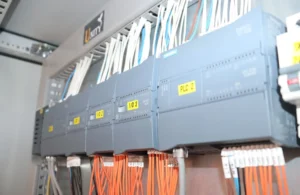
What You Need to Know About Digital and Analog Inputs in PLCs
What You Need to Know About Digital and Analog Inputs in PLCs Have you ever wondered how your industrial automation

What is The Purpose of a Servo Motor?
Servo motors have become indispensable in modern industrial applications, offering unparalleled precision and control. Whether it’s in robotics, automation, or any system requiring exact movements, servo motors are at the heart of it all. In this article, we’ll explore the purpose of servo motors, their types, and why they are crucial in various industries today.

